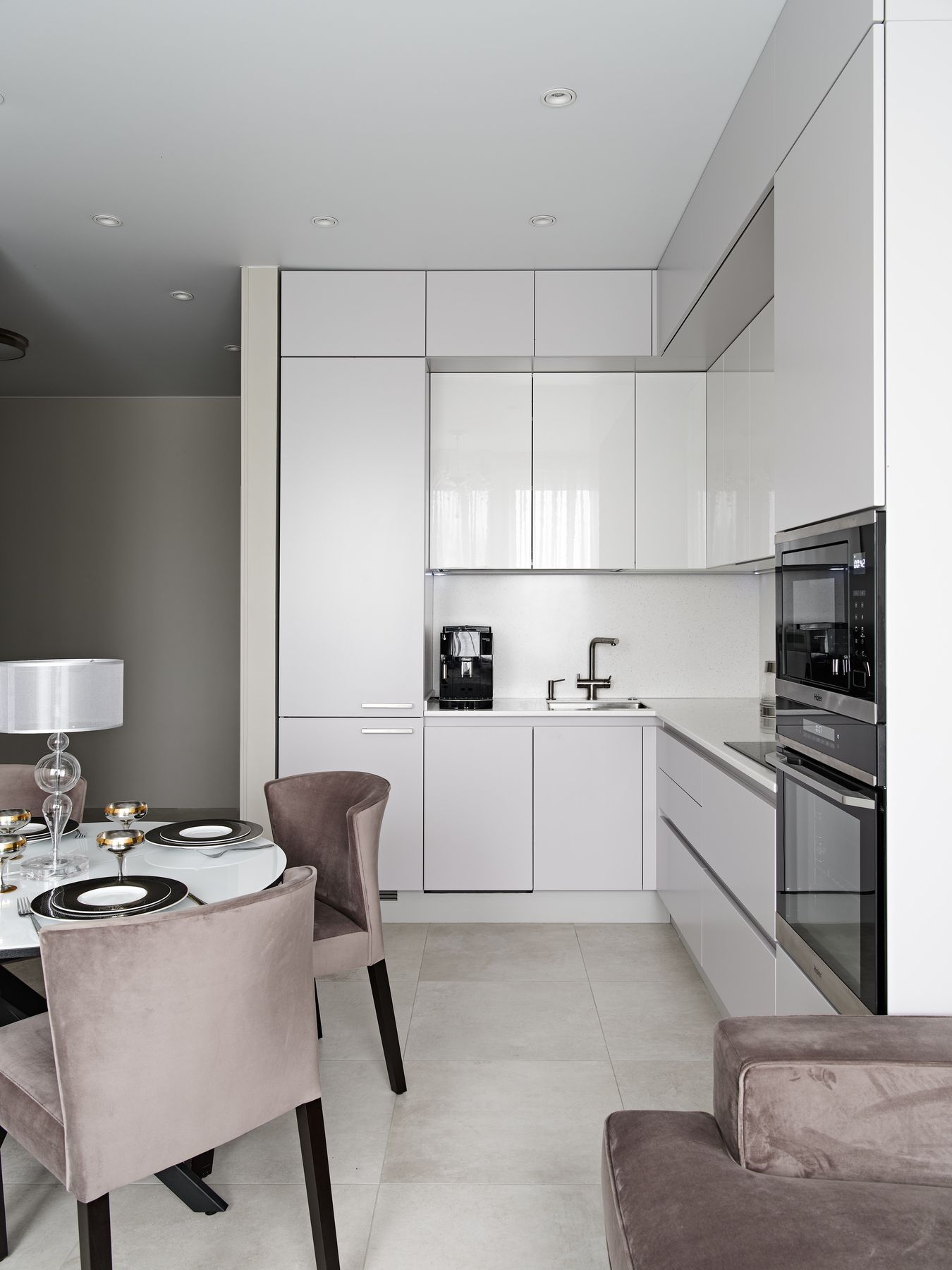
Introduction to the Evolution of Culinary Spaces
In recent years, the concept of the kitchen and culinary spaces has undergone a transformation, evolving from a purely functional area designated for cooking into a multifunctional hub of the home. This evolution reflects changes in lifestyle, design trends, and technological advancements, leading to culinary spaces that are not just redefined, but revolutionized.
The Rise of the Open-Plan Kitchen
The traditional kitchen, walled off from the rest of the home, is becoming a thing of the past. Modern culinary spaces are embracing the open-plan layout, which allows for a seamless flow between the kitchen, dining, and living areas. This design encourages social interaction and creates an inclusive environment where cooking and entertaining can happen simultaneously.
Technology and Smart Kitchens
With the integration of smart technology, culinary spaces are becoming more intuitive and connected. Smart appliances, such as refrigerators that track your groceries and ovens that can be controlled remotely, are just the tip of the iceberg. Voice-activated assistants and integrated screens enable recipes and cooking tutorials to be easily accessed, making the modern kitchen not just a place to prepare food, but also an educational and interactive experience.
Sustainability and Eco-Friendly Design
Eco-consciousness is shaping the design and functionality of culinary spaces as well. Energy-efficient appliances, sustainable materials, and waste-reduction methods are at the forefront of kitchen design. The incorporation of indoor gardens and composting solutions is also on the rise, allowing individuals to reduce their carbon footprint and bring a bit of nature into their culinary creations.
Multi-Functional Furniture and Fixtures
The furniture and fixtures of contemporary culinary spaces are designed to be adaptable. Movable islands, retractable countertops, and convertible tables create a dynamic space that can be customized to fit the activity, whether it's meal prep, dining, or socializing. This flexibility is ideal for smaller urban dwellings where space is at a premium.
Culinary Spaces as Cultural Hubs
Kitchens are increasingly reflecting the cultural diversity of their owners. Global influences are evident in the use of bold colors, unique patterns, and eclectic styles that infuse personal heritage into the culinary environment. This blend of cultural elements makes the kitchen not only a place for food preparation but also a representation of the world's rich tapestry of culinary traditions.
Conclusion: Embracing the New Heart of the Home
The redefinition of the culinary space is an ongoing process that mirrors the evolving values and needs of society. As we continue to move towards spaces that value connectivity, flexibility, sustainability, and cultural expression, the kitchen will remain central to our lives. It is not just a place to cook - it is the new heart of the home, a vibrant and versatile environment where we can gather, grow, and create.